Travel Feature
Zanzibar: Take a break from the bustle and head to the islands
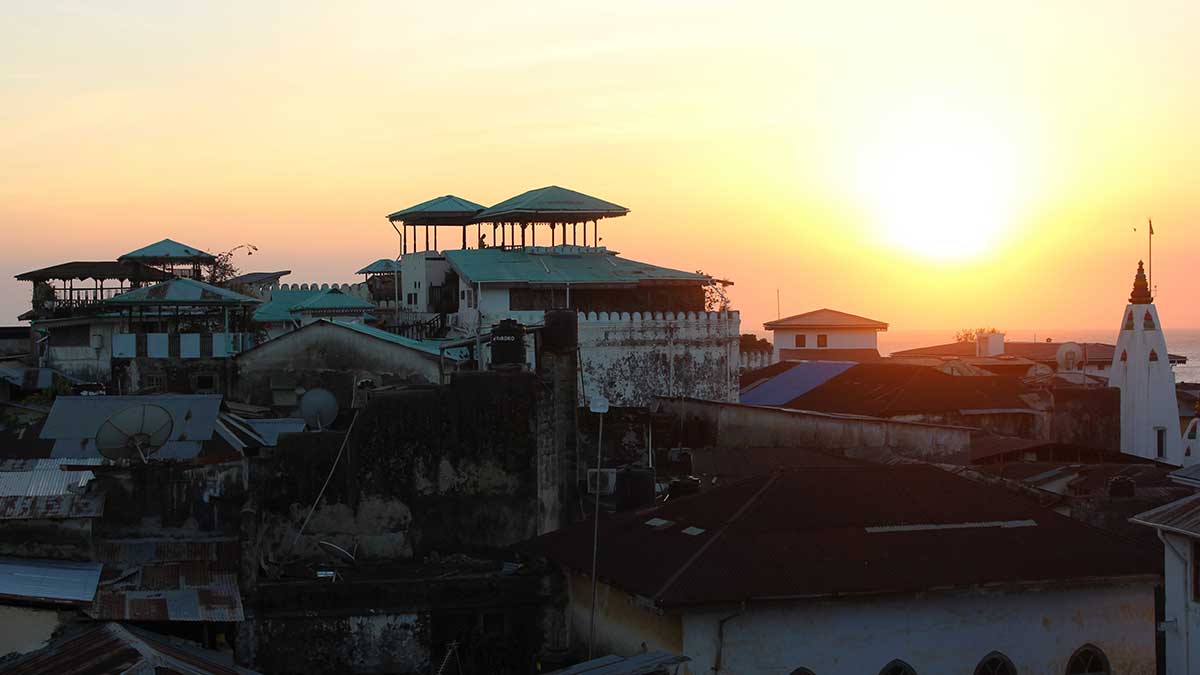
Global November 24, 2021 - By
In the Indian Ocean, an exotic tropical paradise calls to the adventurous.
Zanzibar brings to mind the exotic, an enchanting island with crystalline waters, with sand as fine as talcum powder, and sunsets of a thousand colors.
Zanzibar is the main island of a larger archipelago in the Indian Ocean, a semi-autonomous region that belongs to the Republic of Tanzania. Over the centuries Zanzibar has undergone Arab, Persian, and British influences, with a very troubled history. A crossroads of commercial traffic, first for the ivory and slave trade, Zanzibar became known to the world as a center of the spice trade.
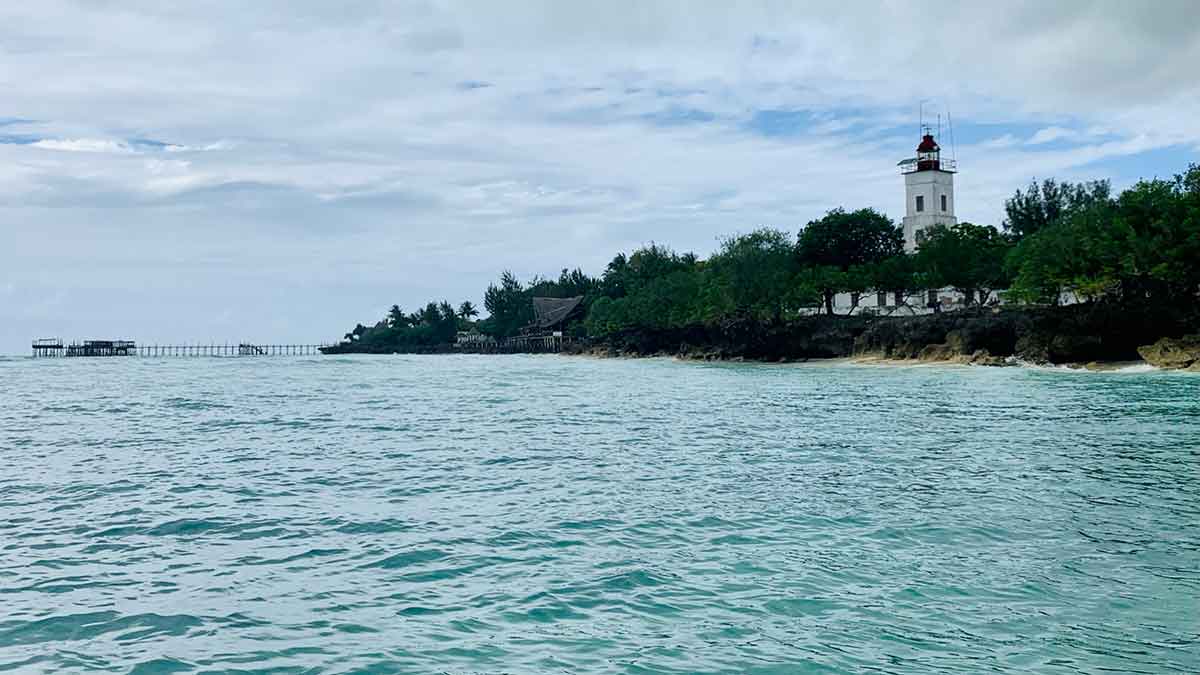
Today, Zanzibar has become a tourist destination for its natural landscape and cultural heritage of incomparable beauty. Thanks to its equatorial climate, which is warm all year round, it welcomes tourists with the enchantment of its luxuriant vegetation, where palm groves proliferate as far as the eye can see, and stretches of sand contrast with an ocean whose different shades of blue host a seabed rich in coral and fish of all kinds, making it a paradise for snorkeling and water sports.
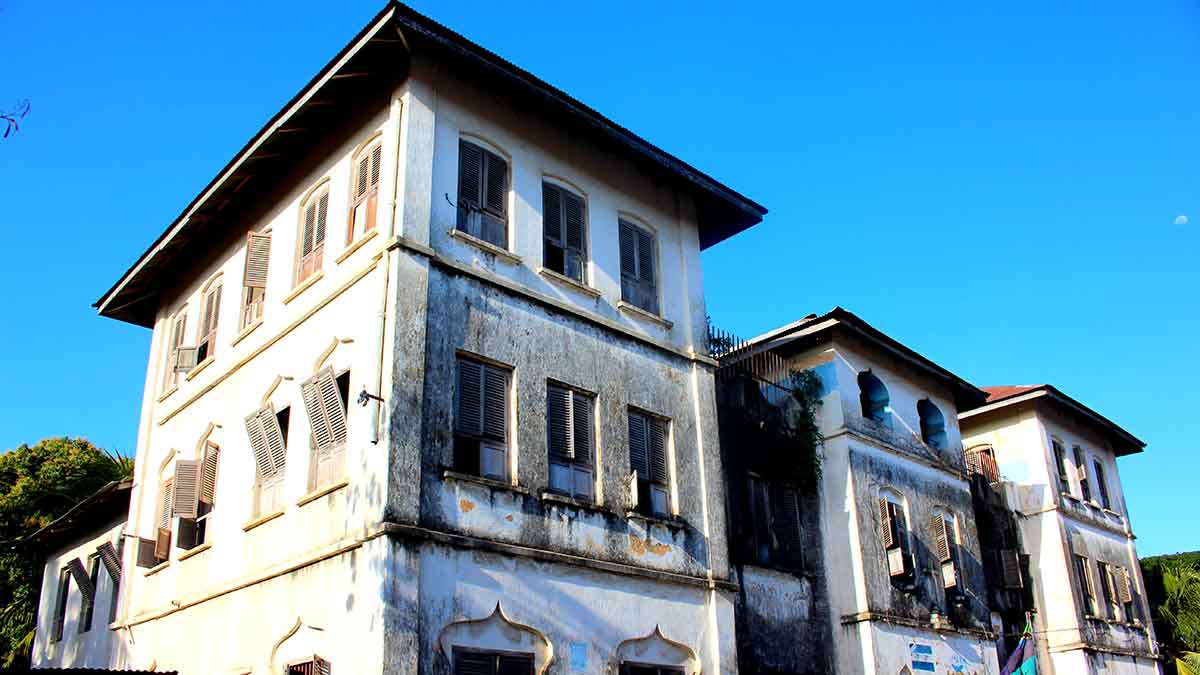
Heart of the island
The ancient heart of the island is Stone Town, the older section of Zanzibar City, with its maze of alleys, coral stone buildings, finely decorated doors, bazaars with scents of spices, and mosques next to Christian churches. Once a fishing village, the old city of Zanzibar was the onetime capital of the Sultanate of Oman at its peak of the slave and spice trade, and retains the old style architecture of Moorish, Arab, Persian, Asian, and Bantu influences that earned it a UNESCO World Heritage Site status in 2000.
A tour through Stone Town will show attractions such as the Arab Fort, built by Omanis to defend against attacks from the Portuguese, the Forhodani Gardens, where you can visit markets with local cuisine and products, and the House of Wonders, which is now a museum of Swahili and Zanzibari culture, with good views of the city from above.
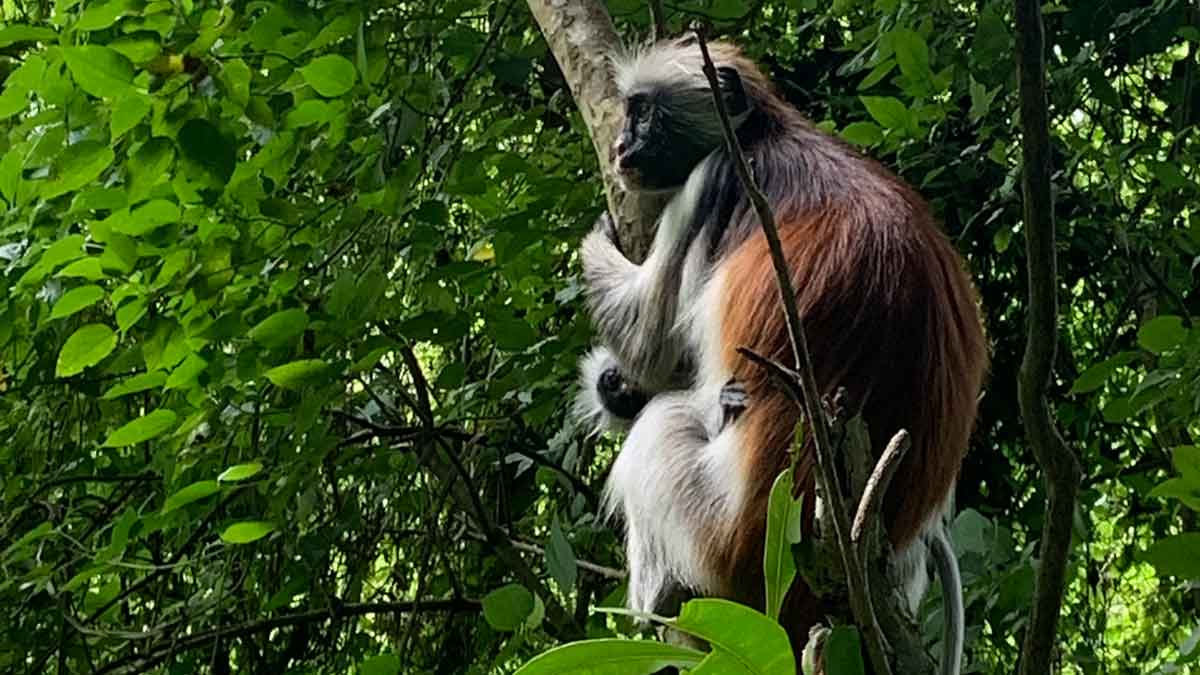
Remnants of a rain forest
Venture inland to Jozani Park, one of the few remnants of a rainforest that covered the island millennia ago, and you’ll find enormous specimens of red mahogany, oil palm trees, and the Pandano Rabaiense, whose aerial roots not only provide support for the heavy plants, but also supply oxygen. The forest is also home to the red colobus, an endemic species of monkey with a dark red coat, a black stripe along the shoulders, a white underside, and a long tail for balancing. The colobus lacks a thumb, which is compensated for by having four long “fingers” that form a strong hook to easily grab branches and move from one tree to another.
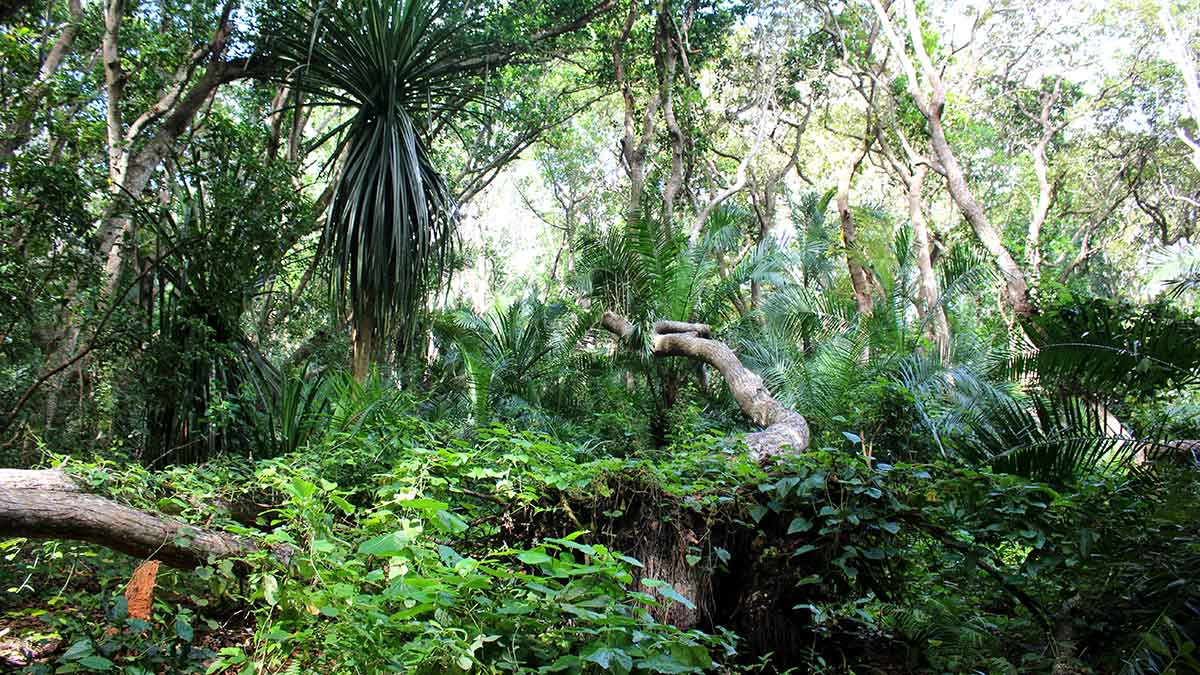
In the rural hinterland, you can visit farms where spice and fruit plants are grown. Here you can breathe in the intoxicating scents of fresh-picked spices, including vanilla, cardamom, cinnamon, turmeric, ginger, pepper, nutmeg, curry, lemongrass, henna, cloves, mlangi langi (from which a fragrant essence is obtained to be used in perfumery), as well as cotton, cocoa, and coffee.
Beautiful blue waters and white sands
These days, Zanzibar’s beauty is associated with the deep blue and turquoise of its waters, and the stark white of its shores. Each beach town has its own characteristics. Michamvi, in the southeast area, is tucked away from the island’s bustling large beaches, it is breathtakingly picture-perfect with white sand meeting the turquoise waters of Chwaka Bay. Pongwe, to the northeast, is more natural and wilder, its beach surrounded by rocks chiseled by time, and inset with shells of mother-of-pearl or real coral fossils. Kendwa, to the north, plays host to the island’s best-known monthly event, the Full Moon Party, where African artists perform live and local youths love to dance, mingling with tourists from all around the world.
From the central island, you can reach some islets by boat. Prison Island, an ancient place of detention for slaves, today is appreciated for its white beaches, the small coral reef, the great variety of birdlife and the colony of Aldabra giant tortoises. Nakupenda is a thin strip of immaculate sand, which disappears from view during high tides. Mnemba is an exclusive and heavenly private atoll, where you can snorkel and scuba dive, admiring the coral reef and the incredible variety of fish, marine vegetation, and even dolphins and giant sea turtles.
Your stay on the island will be dotted with encounters with the local population, who lure you into their slow pace of life, a lifestyle based on the Swahili expression “Hakuna Matata”: forget the problems of the past and concentrate with optimism about the present.
Zanzibar grants you the “mal d’Afrique,” a feeling of nostalgia of those who have visited Africa and want to go back. Each moment remains impressed in time, a smile that is always lit on a welcoming face; a walk at low tide amid natural pools and immense aquatic riches; drums whose rhythm spurs an improvised dance; a dinner of fantastic fresh fish, at a rooftop restaurant, admiring the full moon and the starry sky.



